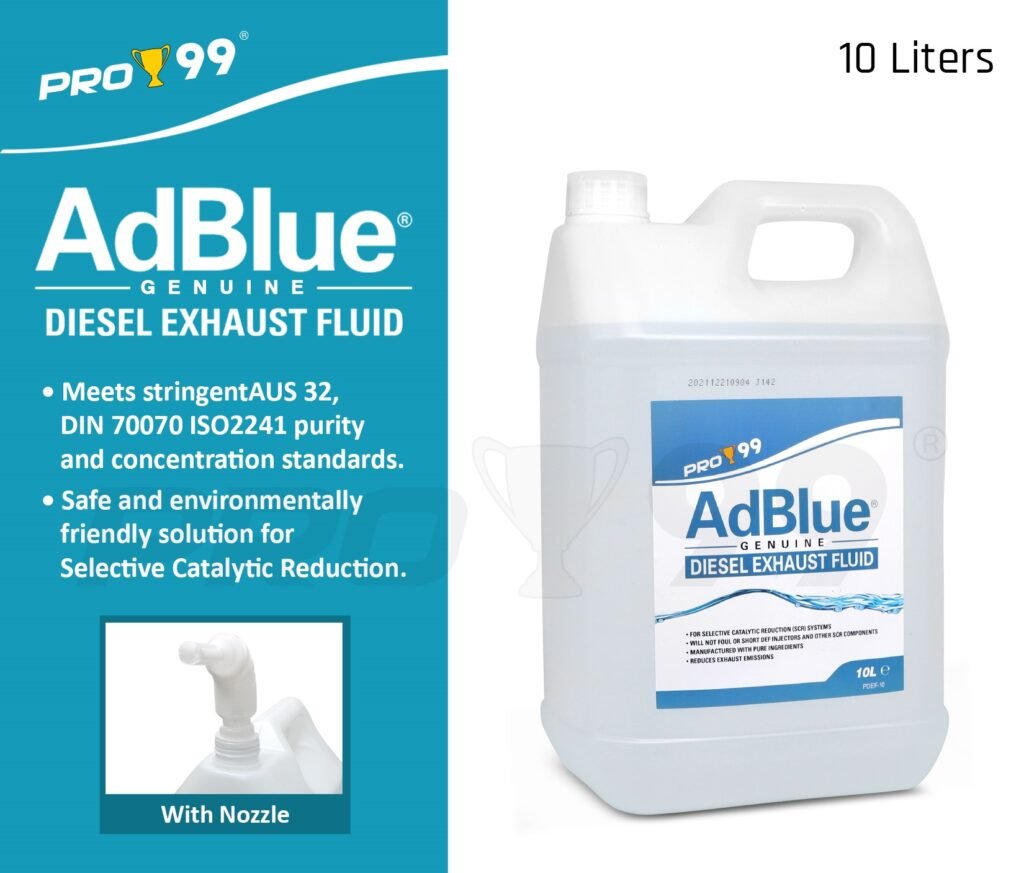Diesel Exhaust Fluid (DEF) is a crucial component in modern diesel engines, primarily used to reduce harmful nitrogen oxide (NOx) emissions through Selective Catalytic Reduction (SCR) systems.
What is Diesel Exhaust Fluid (DEF)?
DEF is a high-purity, non-toxic solution composed of 32.5% urea and 67.5% deionized water. It is not a fuel additive but is stored in a separate tank and injected into the exhaust system of diesel engines to help meet stringent environmental regulations.

How Does DEF Work?
- Injection into the Exhaust System: DEF is sprayed into the exhaust stream before it reaches the SCR catalyst.
- Chemical Reaction: When heated, DEF breaks down into ammonia (NH3) and carbon dioxide (CO2).
- Conversion of NOx: The ammonia reacts with nitrogen oxides (NOx) in the SCR catalyst, converting them into harmless nitrogen (N2) and water vapor (H2O).
- Emission Reduction: This process significantly lowers NOx emissions, allowing diesel engines to comply with environmental standards such as EPA and Euro 6.
Importance of DEF
- 1:Environmental Compliance: DEF is essential for modern diesel vehicles to meet strict emissions regulations, helping to reduce air pollution and smog.
- 2:Engine Efficiency: Using DEF can improve the overall efficiency of diesel engines by ensuring they operate within regulatory limits, thus avoiding potential fines and restrictions.
Best Practices for Using DEF
- Storage and Handling: DEF should be stored in a cool, dry place and protected from contamination. It is available at various retail locations, including gas stations and auto parts stores.
- Quality Control: It is crucial to maintain the quality of DEF, as contaminated fluid can lead to engine shutdowns and damage to the SCR system. DEF should meet the ISO 22241 standard to ensure purity.
In summary,
Diesel Exhaust Fluid (DEF) plays a vital role in reducing emissions from diesel engines, making it an essential fluid for modern diesel vehicle owners and operators. Proper understanding and handling of DEF can lead to better engine performance and compliance with environmental regulations.

